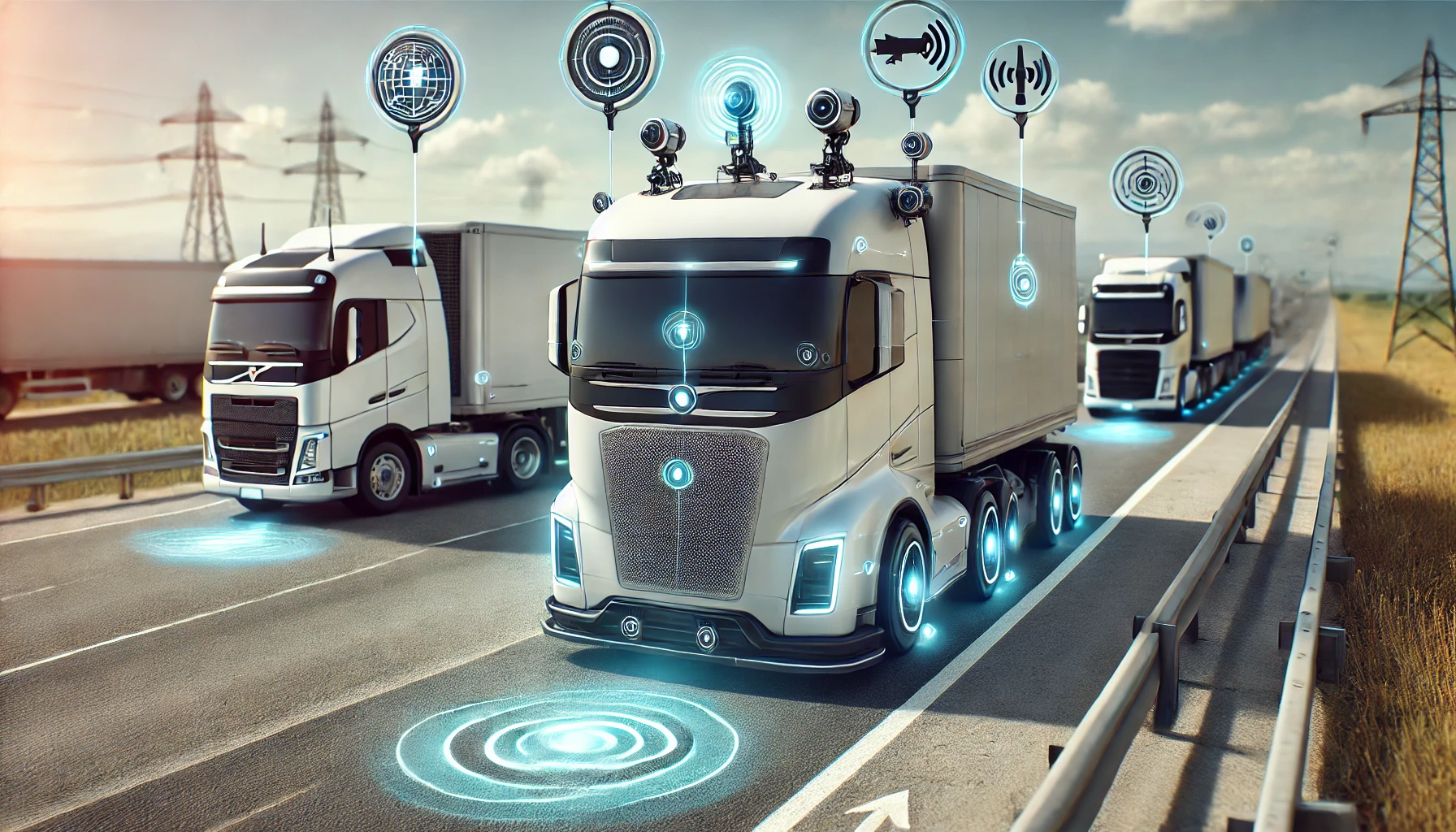The trucking industry is undergoing a significant transformation driven by advancements in artificial intelligence (AI) and automation. From autonomous vehicles to smart logistics and predictive analytics, technology is reshaping how freight is transported across the country. This evolution presents both opportunities and challenges for CDL drivers and industry stakeholders. Understanding the impact of AI and automation on the trucking sector is crucial to adapting to the future landscape.
1. The Rise of Autonomous Trucks
What Are Autonomous Trucks?
Autonomous trucks use a combination of sensors, cameras, radar systems, and AI algorithms to navigate roads with little to no human intervention. Companies like Tesla, Waymo, and Embark are actively testing self-driving trucks to enhance road safety, reduce costs, and optimize efficiency.
Benefits of Autonomous Technology
- Improved Safety: Autonomous systems can reduce human error, which is the leading cause of accidents. AI systems don’t get tired, distracted, or impaired.
- Cost Reduction: Automation reduces the need for constant human intervention, potentially cutting down on labor costs and improving fuel efficiency through optimized driving patterns.
- 24/7 Operations: Self-driving trucks can operate continuously, leading to faster delivery times and increased productivity.
Challenges and Limitations
- Technology Reliability: Despite advances, fully autonomous trucks still struggle with complex road scenarios, such as navigating through cities, adverse weather conditions, or construction zones.
- Regulatory and Ethical Concerns: Government regulations, public safety, and ethical issues related to automation must be addressed before autonomous trucks become mainstream.
2. AI in Fleet Management and Logistics
AI is revolutionizing logistics by enhancing route planning, load optimization, and predictive maintenance.
Optimized Routes and Deliveries
AI-driven software analyzes traffic patterns, weather conditions, and other variables to suggest optimal routes. This reduces fuel consumption, minimizes delays, and improves delivery times.
Predictive Maintenance
AI algorithms monitor vehicle performance and predict potential mechanical issues before they occur. This reduces downtime and prevents costly breakdowns, leading to a more efficient fleet.
For example, by investing in an Online ELDT program for CDL, drivers can learn about the latest AI tools and applications in the industry, positioning themselves for greater success and adaptability in a changing landscape.
3. AI-Powered Safety Features
Collision Prevention Systems
Modern trucks are equipped with AI-powered safety systems that provide real-time alerts for potential collisions, lane departure warnings, and blind spot monitoring. These features enhance driver safety and minimize accidents on the road.
Driver Monitoring Systems
AI systems can monitor driver behavior, detect signs of drowsiness or distraction, and provide real-time feedback to encourage safer driving habits. This technology plays a crucial role in maintaining safety standards, especially during long-haul trips.
4. The Impact on CDL Drivers
Job Transformation, Not Elimination
While some fear that automation will lead to massive job losses in trucking, the reality is likely more nuanced. AI and automation will transform, rather than eliminate, trucking jobs. CDL drivers may need to adapt to new roles, such as supervising autonomous vehicles, handling complex deliveries, or managing AI-powered systems.
Upskilling and Training
Continuous training and upskilling are crucial for drivers to stay relevant. Enrolling in a CDL Expert course or other specialized training can help CDL holders acquire new skills that align with industry trends and technological changes.
5. Ethical and Economic Considerations
Job Displacement Concerns
As automation becomes more prevalent, there is concern about job displacement for truck drivers. Policymakers, industry leaders, and training institutions must work together to create strategies that ensure a smooth transition for affected workers.
Economic Benefits
Automation has the potential to lower shipping costs, boost productivity, and enhance customer satisfaction. A more efficient supply chain benefits everyone involved, from manufacturers to consumers.
6. The Road Ahead: Balancing Technology and Human Expertise
The trucking industry is in a period of rapid change, and CDL drivers are at the heart of this evolution. Rather than seeing AI and automation as threats, drivers can view them as tools to enhance their safety, productivity, and job satisfaction. Balancing human expertise with technological innovation will lead to a more resilient and adaptable industry.
By staying informed and embracing change, CDL drivers can remain vital contributors to the future of trucking. Whether it’s through advanced safety systems, AI-driven logistics, or automation in vehicles, technology offers the potential to create safer, more efficient, and more productive work environments.
In conclusion, as the trucking industry continues to evolve, it’s essential to leverage advancements while remaining committed to safety, job security, and ethical considerations. With the right training and an open mind, CDL drivers can thrive alongside AI and automation, securing a future where human skill and technology work hand in hand.
